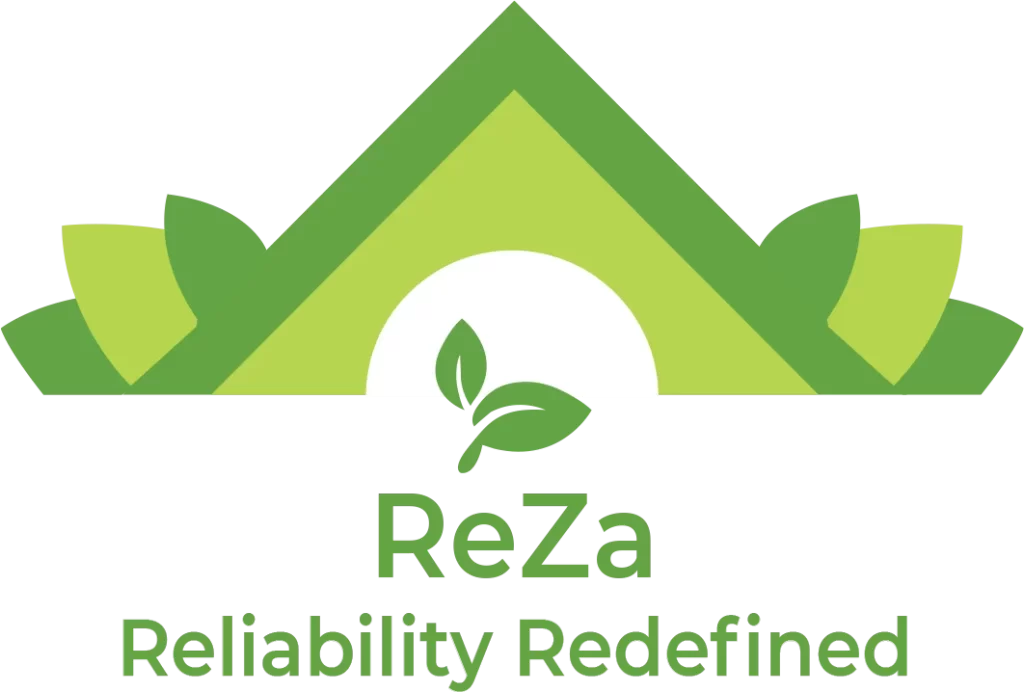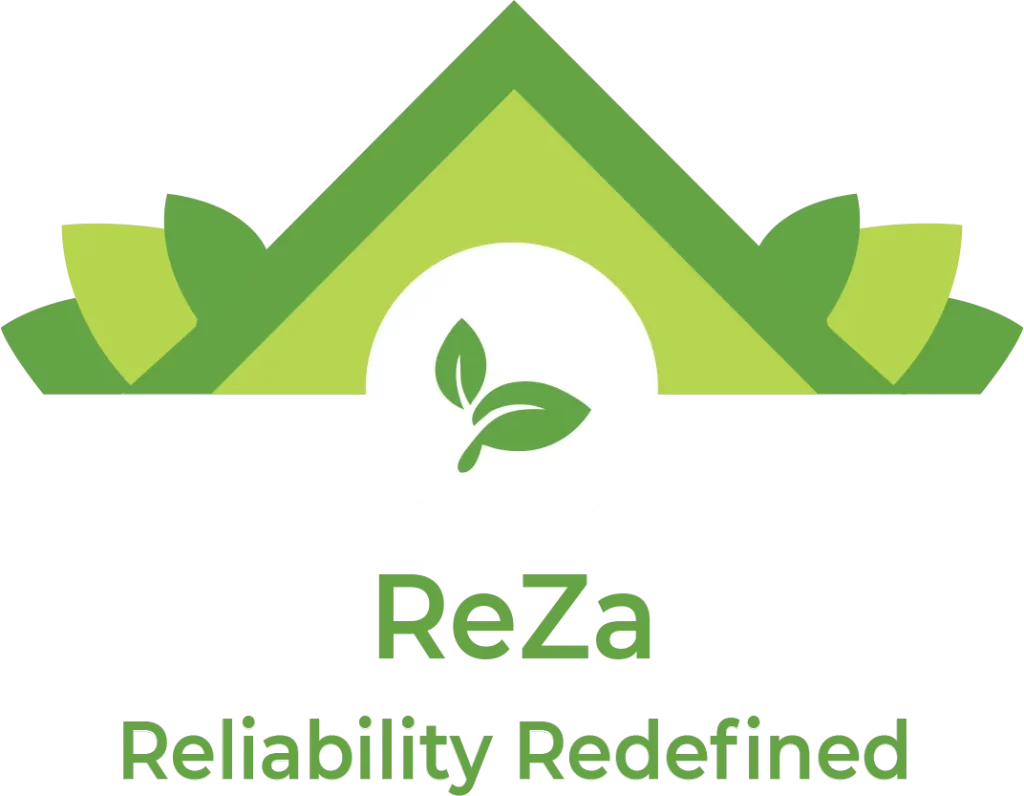Do you feel stuffy and uneasy since setting the heater back on this winter? Perhaps there isn’t enough ventilation in your house. Remember your first science lesson where you learnt that heat rises because gases, like air, expand as they warm up? If there isn’t a route for the air to go out, it becomes trapped somewhere, like the attic. Why is it a problem? For additional information on the importance of roof ventilation, keep reading.
Roof Ventilation
Your home’s ventilation system should be able to replace the old, dry air with fresh air. This procedure also lowers the humidity and moisture in the house, which is essential to keeping you comfortable. Only functional vents on the roof or in the attic can make it operate. Insufficient air will merely circulate within or even condense, leading to the growth of mold.
The Effects of Proper Roof Ventilation
One of the most useful components of the house is roof ventilation. The effectiveness of your roofing system as a whole and the heating and cooling systems in your home are both impacted by ventilation. With adequate roof ventilation, you can increase home comfort and cut down on energy costs.
Attic and roof ventilation
The attic’s ventilation system controls airflow. This reduces the detrimental impacts of temperature fluctuation and moisture production inside the house by removing moisture and hot air.
The attic’s excess heat is also properly discharged by the roof, protecting the roof and air conditioning systems.
The Benefits of Roof Ventilation
- This keeps moisture from accumulating.
- It protects against mould and mildew.
- This safeguards the interior of the attic.
- safeguards the roof’s supporting framework.
- prevents decay in the roof deck, rust, and wear and tear.
Why is ventilation important for your roof?
Attic airflow generation is essential for the overall protection, safety, and longevity of the roof system. A proper airflo keeps the attic region cool in the summer and dryer in the winter.
Energy use will be reduced if heat buildup in your attic is avoided. In addition , it will reduce the chance of ice dams developing on your roof.
A moist and overheated roof can develop mold and have curled shingles, among other problems. Attic roof ventilation will increase the lifespan of the roof.
It reduces moisture in the attic.
Proper airflow dries out the attic throughout the year, preventing condensation and lowering the danger of moisture-related problems like mold growth and wood rot. Since moisture is a major drawback when it comes to the roof, a good vent is helpful in protecting against it.
Proper airflow dries out the attic throughout the year, preventing condensation and lowering the danger of moisture-related problems like mold growth and wood rot. Since moisture is a major drawback when it comes to the roof, a good roof vent is helpful in protecting against it.
Cools down your home.
Your home can stay cool if the attic heat buildup is under control. Consequently, lowering the temperature during the hot season will minimize your energy costs and provide a relaxing and comfortable atmosphere in your home.
Maintaining the ideal temperature range in the room is ensured by effective ventilation. It is obtained as a result of the sun’s heat being insulated by proper ventilation, which brings the room’s temperature back to normal.
Roof ventilation is also beneficial in order to lower the excessive temperature within the building or room.
Reduces utility bills.
A roof vent is the ideal device for regulating temperatures. Your house and attic could heat up if your roof is warm. Households with insufficient roof vents or no ventilation will need to turn up the AC whenever this happens.
Attic heat builds up because there is nowhere for it to go. However, if your roof has the proper ventilation, you can enjoy the benefits of a fantastic home that will result in reduced utility costs.
It increases the roof’s life span.
The shingle outlet pressurizes your shingles if the heat in the attic has nowhere to go. You may avoid issues with your shingles, like premature deterioration, by maintaining proper attic ventilation.
When roof vents are present, a roofing system is more resistant to damage than when they are absent. It keeps the top from deteriorating; it has a long expected lifespan.
To keep the room at a consistent temperature, ventilation must be installed to allow hot air to go and cool air to enter.
Protect your roof.
Since we are more susceptible to mild temperature conditions, we do not need to worry about staying warm on cold days. In whatever climate, everyone’s main concern is staying cool when the temperature rises.
Roof vents are crucial on humid, steamy days. However, there are more reasons besides just being more comfortable.
It eliminates water leaks.
Extreme cases of insufficient roof ventilation might result in condensation buildup from insulation soaking and ceiling leaks. Mold and mildew are two further issues that wet insulation can bring about.
Durability
A properly installed roof vent lasts longer compared to non-ventilated roofing. Stopping the accumulation of ice dams on the roof is beneficial since they harm the shingles and roofs. The extensive accumulation of ice is detrimental to the entire property.
Turbo Ventilators are one of the best roof ventilation systems because,without enough ventilation, the air within a structure or shed becomes extremely hot and humid, which causes unsanitary conditions, a decline in the quality of the items kept, poorer productivity, restlessness, and other undesirable impacts on workers.
Ventilation is essential in order to remove dangerous carbon dioxide gas and other undesired odours and replace them with fresh air. A closed building system with fresh air is great for a comfortable and effective working environment.
How does roof ventilation work?
The pressure in the attic rises as the temperature rises. This heated air, however, cannot leave the chamber without a cooler, lower-pressure air entrance. The stack effect is evident here.
The amount of intake (cold air entering) and exhaust (hot air leaving) rises as the wind blows against the exterior of a roof (hot air escaping). The wind effect is the term for it.
As a result, the natural airflow in an attic with proper ventilation is dependent on intake and exhaust.
There are two main types of roof ventilation:
Exhaust vents: through these vents, the exhaust is released. The conventional exhaust vents, called ridge vents, are situated at the ridge or where two roof planes meet. They are typically composed of high-impact, molded copolymers. Wind turbines, power attic ventilators, roof louvers, and gable louvers are a few examples of external exhaust vents that are readily apparent. Similar to how power attic ventilators need a power supply while the others don’t.
Intake vents are composed of a copolymer substance and are installed toward the end of the roof. They are installed by roofers at the drip edge, at the drip eaves, or under the shingles at the edge of the roof. They cause heated air to escape through the ridge vents by allowing cold air to enter the attic.
Conclusion
We explained the ventilation of roofs. If you are looking for roof ventilation, well we guess your search is over now. At ReZa SmartBuild Inc, we provide all kinds of roofing services you need. Reach us for the best results!

